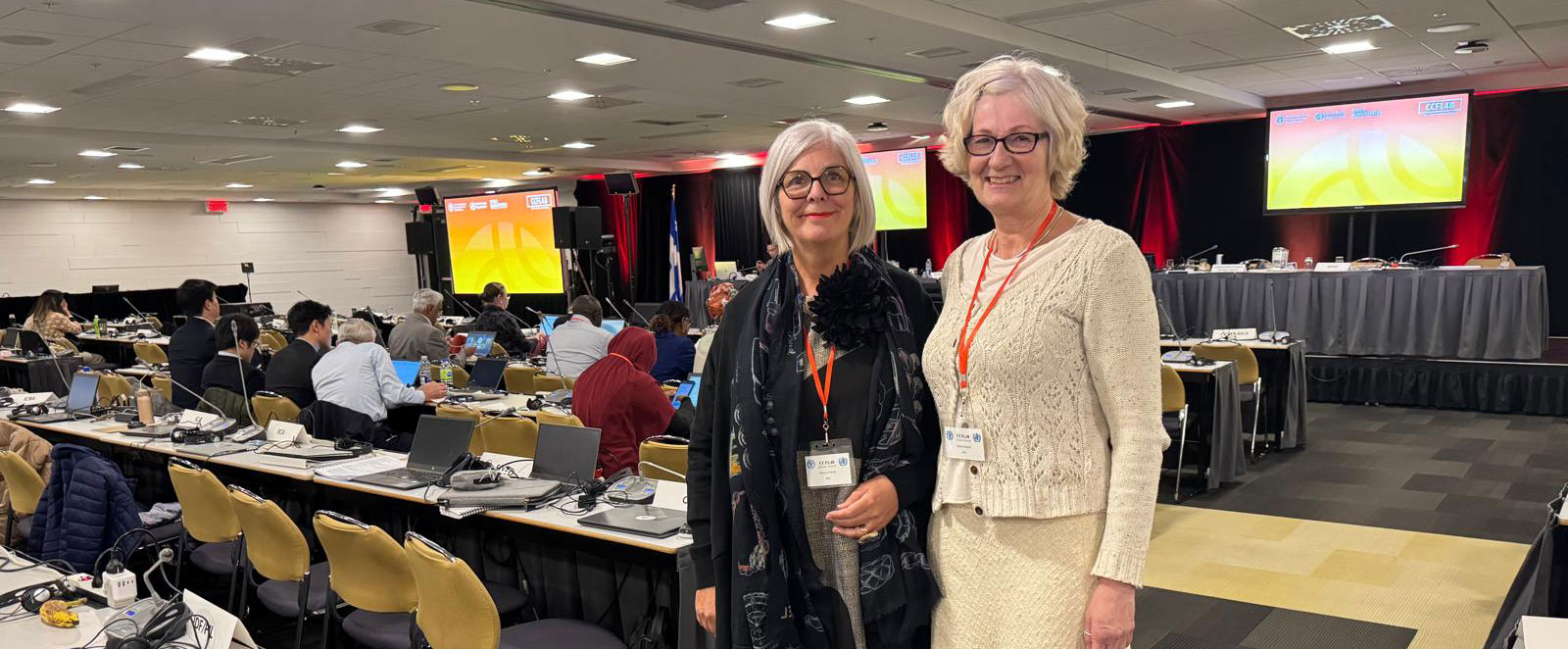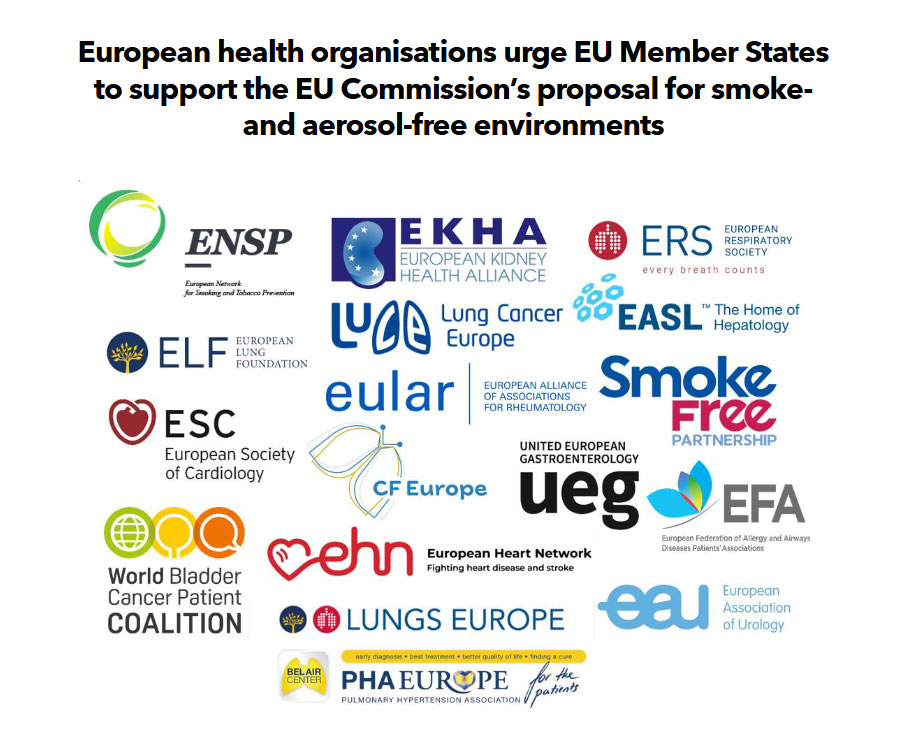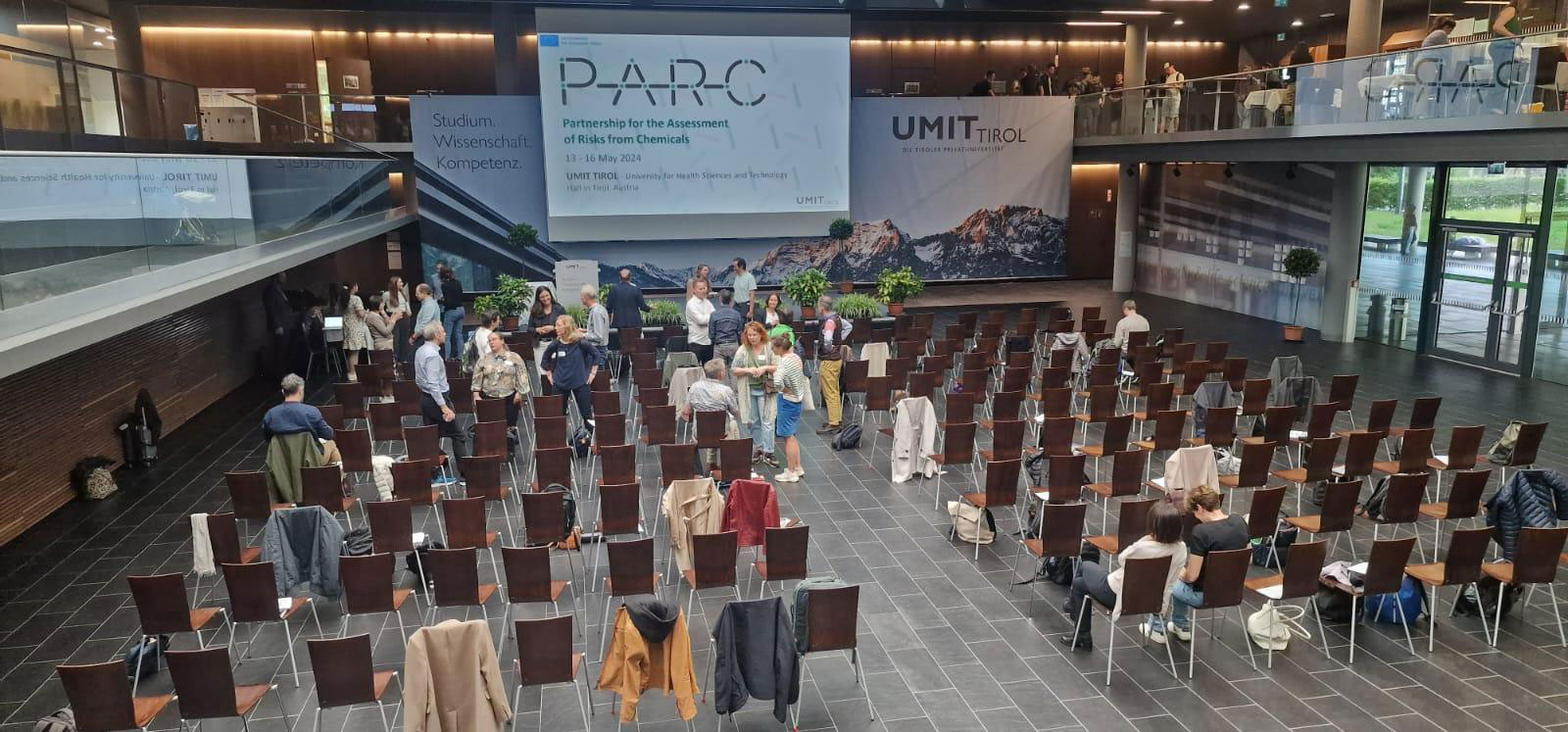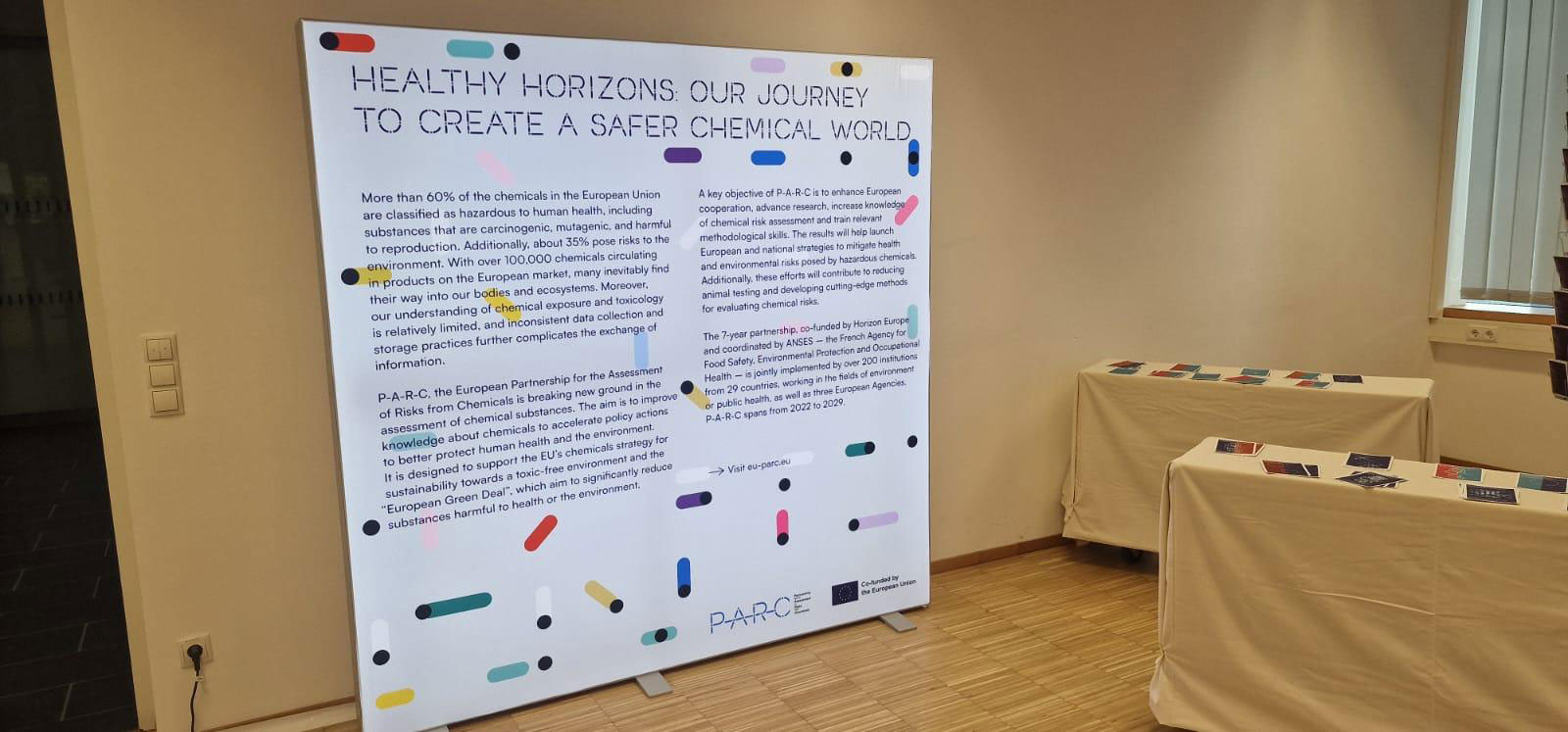Food labelling and allergy management
In 2024, EFA’s work to ensure that consumers with food allergy can make safe and informed food choices was highly productive.
We significantly boosted our advocacy towards the Codex Alimentarius Commission in a year that was a critical for setting the international rules for the labelling of allergens in food. Through our Observer membership at Codex, we informed several e-working groups: the one reviewing the General Standard for the Labelling of Prepacked Food (GSLPF), the one developing the first ever international guidelines for e-commerce of food products and the one looking at the use of technology for food labelling. EFA addressed to Codex a public statement[1] with the position of our food allergy community for the effective use of Precautionary Allergen Labelling. Finally, EFA’s President Marcia Podestà and Sabine Schnadt from DAAB, our German member organisation attended the 48th Codex Committee for Food Labelling (CCFL) meeting in Canada, bringing the voice of food allergy patients to the highest international standards-setting level.

EFA kept its focus tight at the EU level too, discussing with key food policy-makers and through our participation in the annual EFSA Stakeholder Forum meeting, which focused on innovation in food safety. All the while, EFA also brought the European voice of food allergy patients to international fora such as the at GA2LEN Anaphylaxis and Food Allergy Forum (GA2FA)[2] with medical professionals and at the Confectionary Industry Meeting (CAOBISCO)[3].
Finally, EFA collaborated with the Global Allergy and Asthma European Network (GA2LEN) for the publication of two joint papers[4][5] on the management and response to food anaphylaxis and the management of food allergy and serious allergic reactions (anaphylaxis) at school.


On the right, EFA Senior Policy Advisor Panagiotis Chaslaridis at the CAOBISCO Congress in Brussels.
EFA’s community engagement was informed and steered by our genuine and dedicated food allergy patient community who gathers at the EFA Food Allergy Working Group. We are deeply grateful to each one of them.
As a community, we have achieved a lot in our effort to ensure safe, clear allergen labelling for all. But equally important are the challenges that lie ahead
Tobacco control
2024 marked a difficult turning point to achieve the EU’s goal of the ‘tobacco-free generation’ in Europe. With a legislative tobacco control agenda already delayed, the new European Parliament elected in 2024 broke the previous consensus in fighting tobacco smoke and tried to water down the European Commission proposal for smokefree environments. EFA co-signed a statement calling on the Ministers of Health at the Council to support the science-based proposal by the European Commission towards protecting vulnerable groups from harmful second-hand smoke[5].
Together with our partners in the European Lung Health Group (ELHG), EFA welcomed the long-awaited adoption of the updated Council recommendation on Smoke- and Aerosol Free Environments[6]. The recommendation brings robust directions for Member States to advance towards clean air from smoke in public spaces. It extends the protection scope to more outdoors public areas in the EU and it recommends restricting smoke and aerosols of new smoking products, such as electronic cigarettes and heated tobacco products. Our Youth Parliament member wrote a blog post on the issue, bearing the perspective of young respiratory patients and sharing thoughts on the smoke-free policies that Spain proposed in 2024.

Exposure to chemicals



EFA continued to bring the voice of allergy, atopic dermatitis, asthma and COPD patients to key initiatives aimed at reducing harmful atopic and respiratory exposure to chemicals.
EFA’s Director Susanna Palkonen joined the high-level ‘Shaping Tomorrow conference’ organised by the European Chemicals Agency (ECHA), engaging with key policymakers and stakeholders and advocating for higher standards of chemicals safety in the EU[7]. EFA remains the only patient organisation with the status of accredited stakeholder at ECHA.
EFA also joined the 3rd Stakeholder Forum meeting of the Partnership for the Assessment of Risk from Chemicals (PARC), an EU-funded project that aims to advance next-generation chemical risk assessment to protect human health and the environment. Represented by Artur Badyda from our member the Polish Federation of Asthma, Allergy and COPD Patients’ Organisations, we urged to prioritise to occupational exposure and on the effects of long-term exposure to chemicals. Moreover, we asked ECHA to step up actions to address chemicals such as bisphenol, phthalates, and those contained in pesticides, which have been associated with skin allergies and asthma.
Indoor air quality
Contrasting with the attention that is given to developing and enforcing legislation to reduce air pollution outdoors, there is only incipient EU focus to air quality indoors. Facing such a limited landscape, EFA worked tirelessly throughout 2024 to position Indoor Air Quality as a priority in Europe.
EFA held meetings with the national authorities of Belgium[9] and Germany working on indoor air quality. We discussed patients’ concerns as they are both assessing how to implement more protective measures more effectively. In addition, EFA participated in the High-level Construction Forum, a European Commission policy webinar addressing indoor air quality specifically from the perspective of construction products.

We also brought the patients’ voice to an event organised by the European Ventilation Industry Association (EVIA), where we discussed the public health dimension of indoor air pollution, including the role of indoor pollutants such as allergens, dampness, and emissions from consumer products[10].

Beyond the active participation in events, EFA and its members co-shaped a response to the Guidelines on Indoor Air Quality and Asthma, initiated by the European Academy of Allergy and Clinical Immunology (EAACI). We welcomed the Guidelines’ potential to enhance knowledge on the asthma triggers, but also called for a number of steps to support patients managing indoor air pollution: integrating indoor exposure assessments into individual asthma management plans; considering pollutants such as dust mites and tobacco smoke; and proper evaluation of ventilation systems.
Acknowledgements
We are grateful to our Belgian member Astma en Allergiekoepel for their participation in the meeting with the IAQ agency of the Belgian Ministry of Health; and our members Longfonds from the Netherlands, Allergy UK and the Swedish Asthma and Allergy Association for their invaluable input in our response to the EAACI Guidelines on IAQ & asthma.